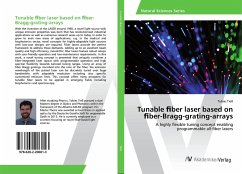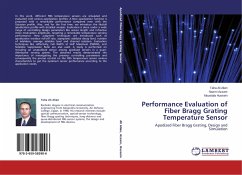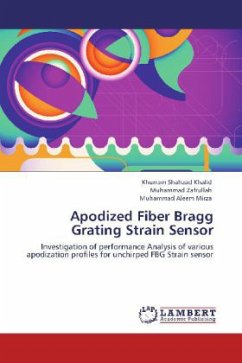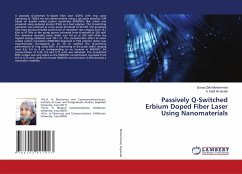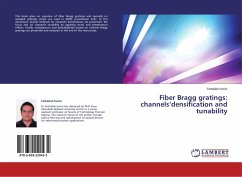With the invention of the LASER around 1960, a novel light source with unique emission properties was born that has revolutionized industrial applications as well as numerous research areas up to today. In order to grow to even new areas of applications, e.g. in the medical and biophotonics sector, novel concepts for highly-adaptable light sources with low-cost designs are required. Fiber lasers provide the perfect framework to address these demands. Adding up to an excellent beam quality and high efficiency, monolithic fiber lasers feature robust setups with user-friendly operation and low-maintenance requirements. In this work, a novel tuning concept is presented that uniquely combines a fiber-integrated laser layout with programmable operation and high spectral flexibility towards tailored tuning ranges. Using an array of fiber Bragg gratings inscribed into the core of the fiber, the emission wavelength of the pulsed laser can be discretely tuned over huge bandwidths with adaptable resolution including also specific customized emission lines. This concept offers many prospects for tunable fiber lasers to be applied in emerging fields including biophotonics and spectroscopy.
Bitte wählen Sie Ihr Anliegen aus.
Rechnungen
Retourenschein anfordern
Bestellstatus
Storno

